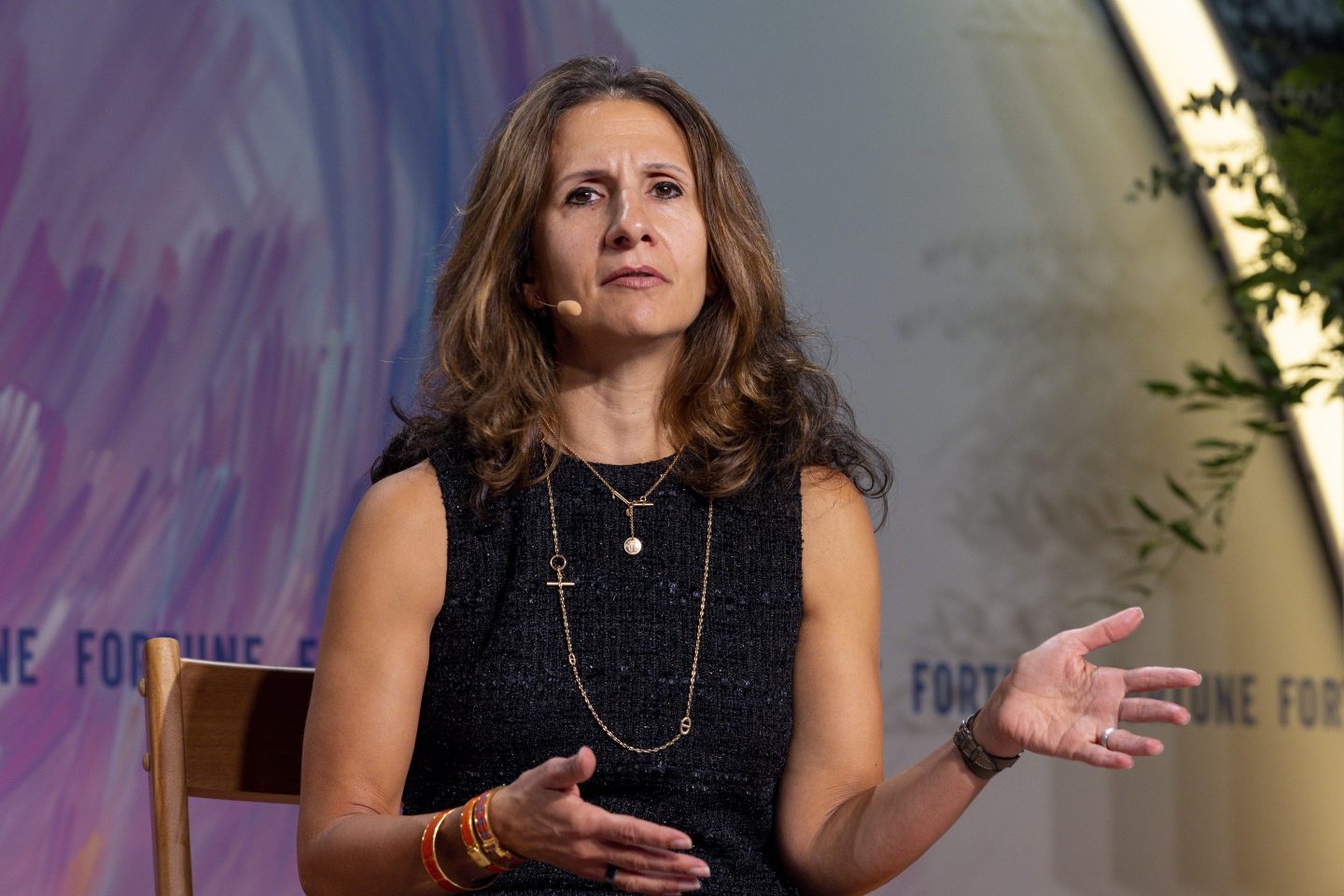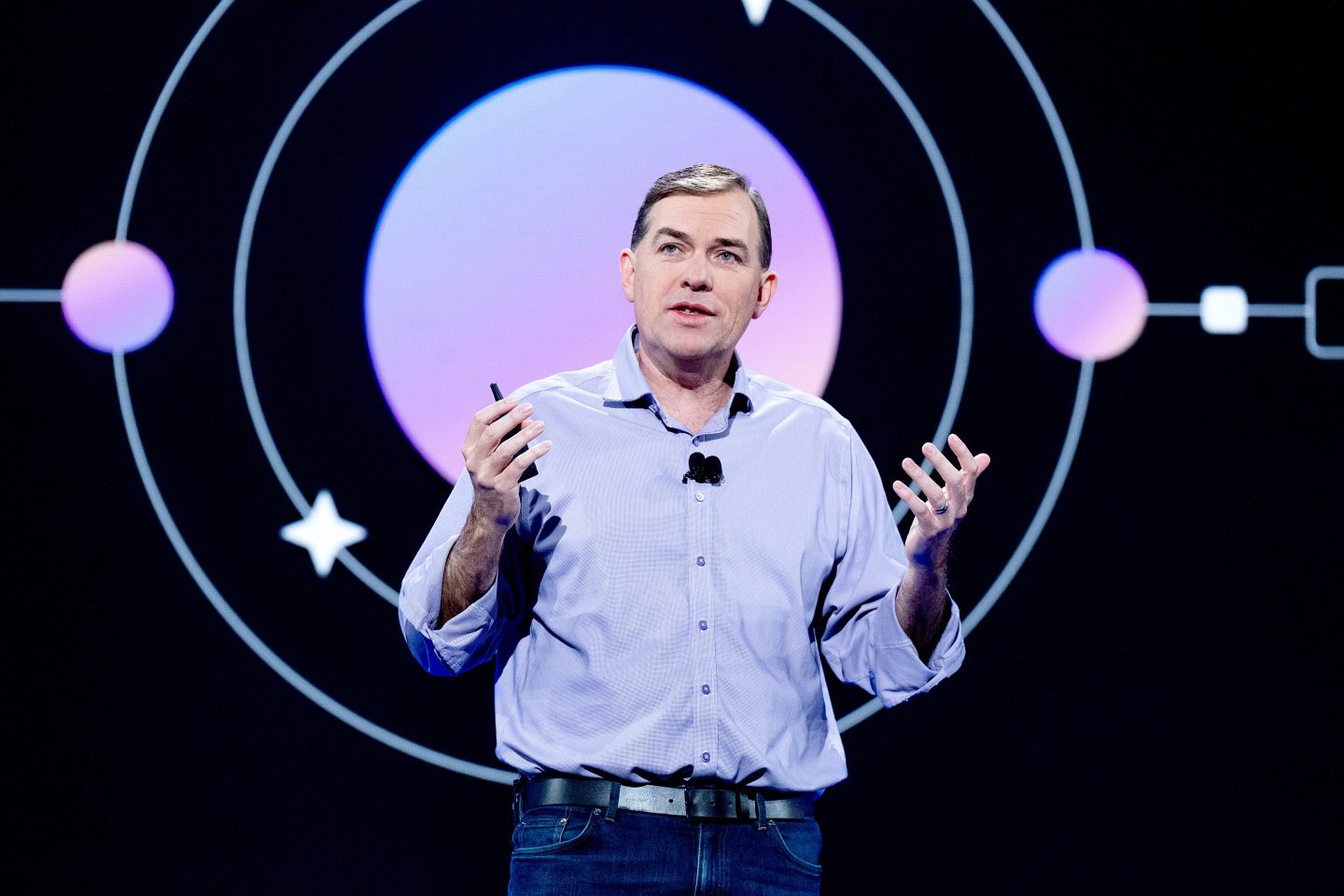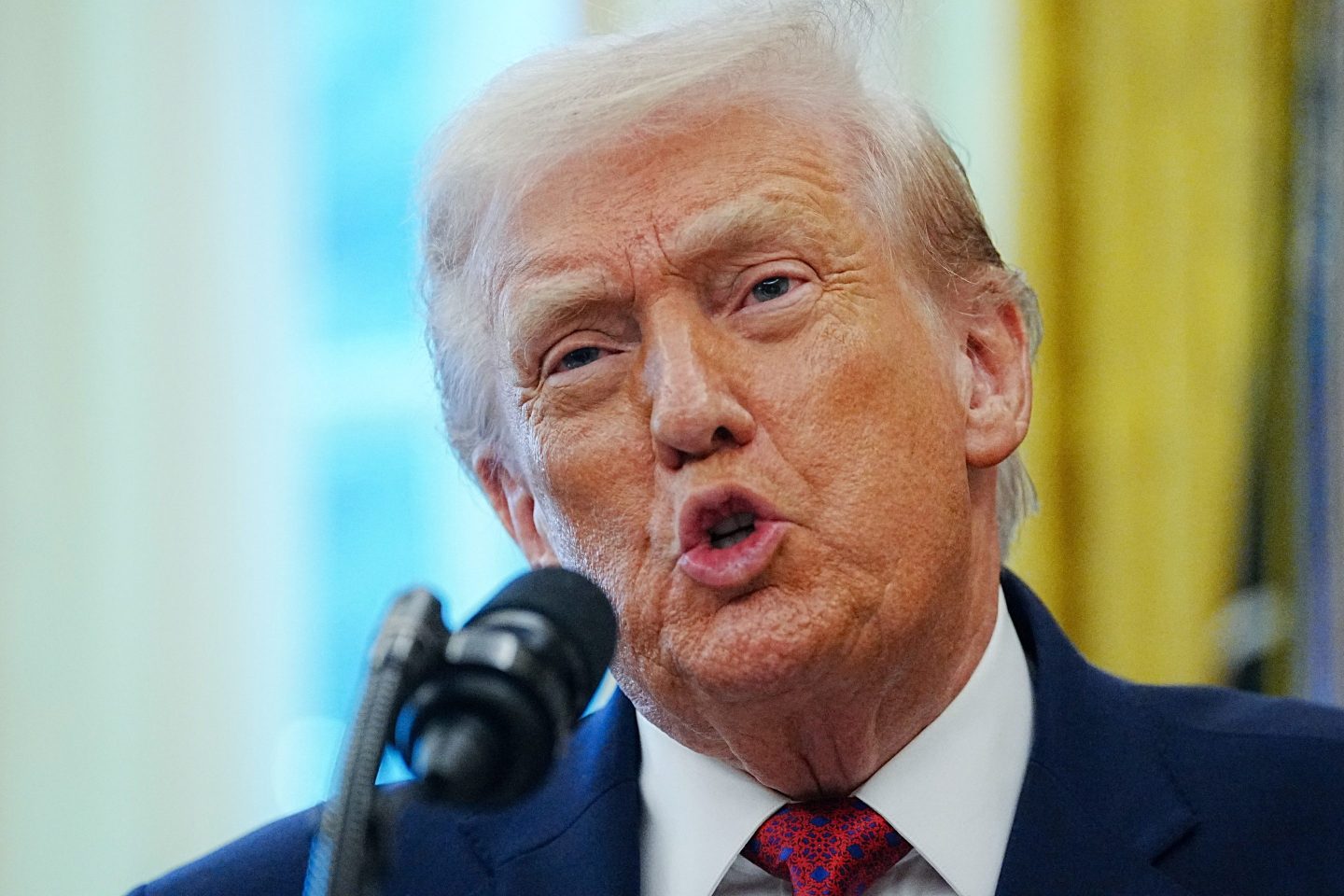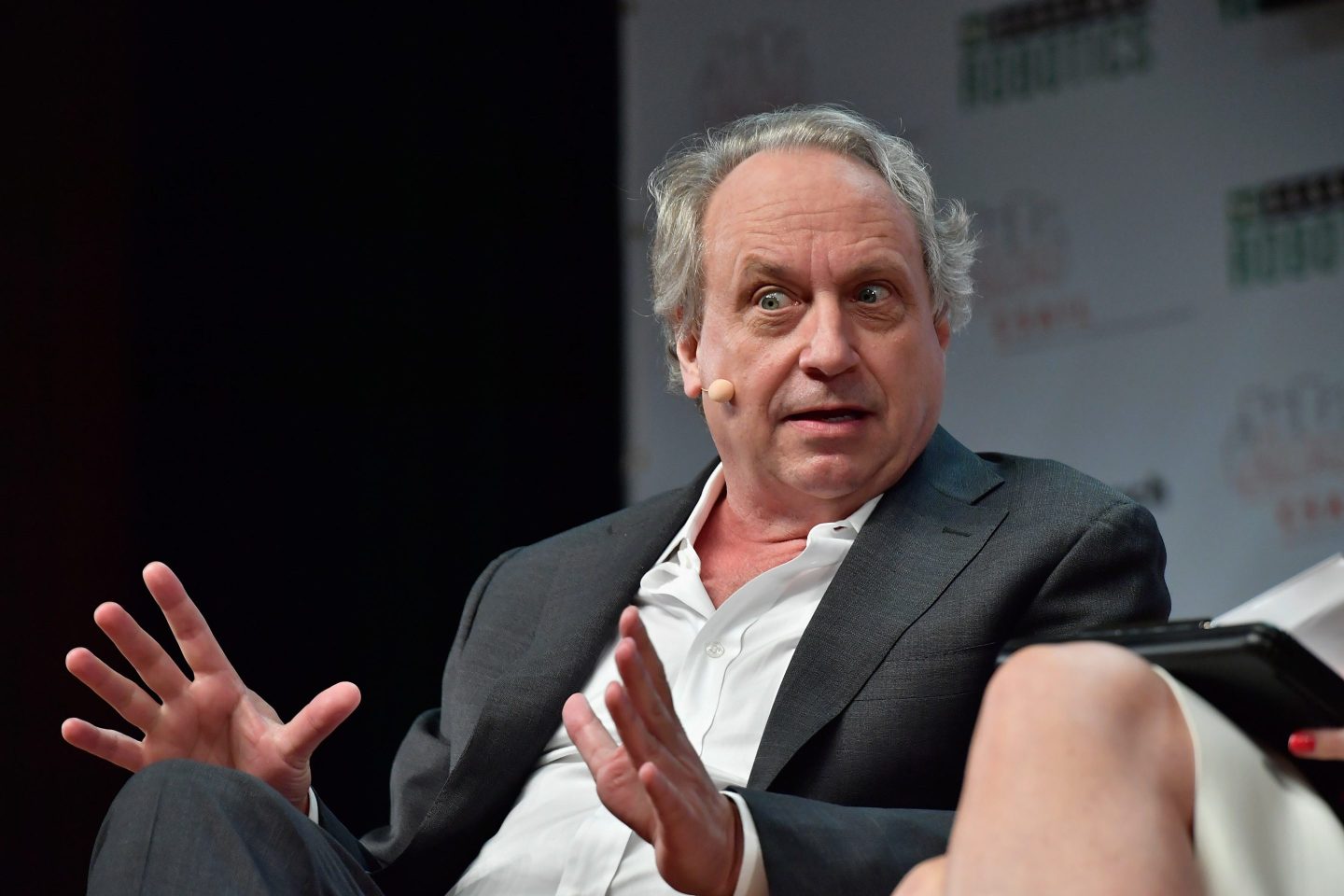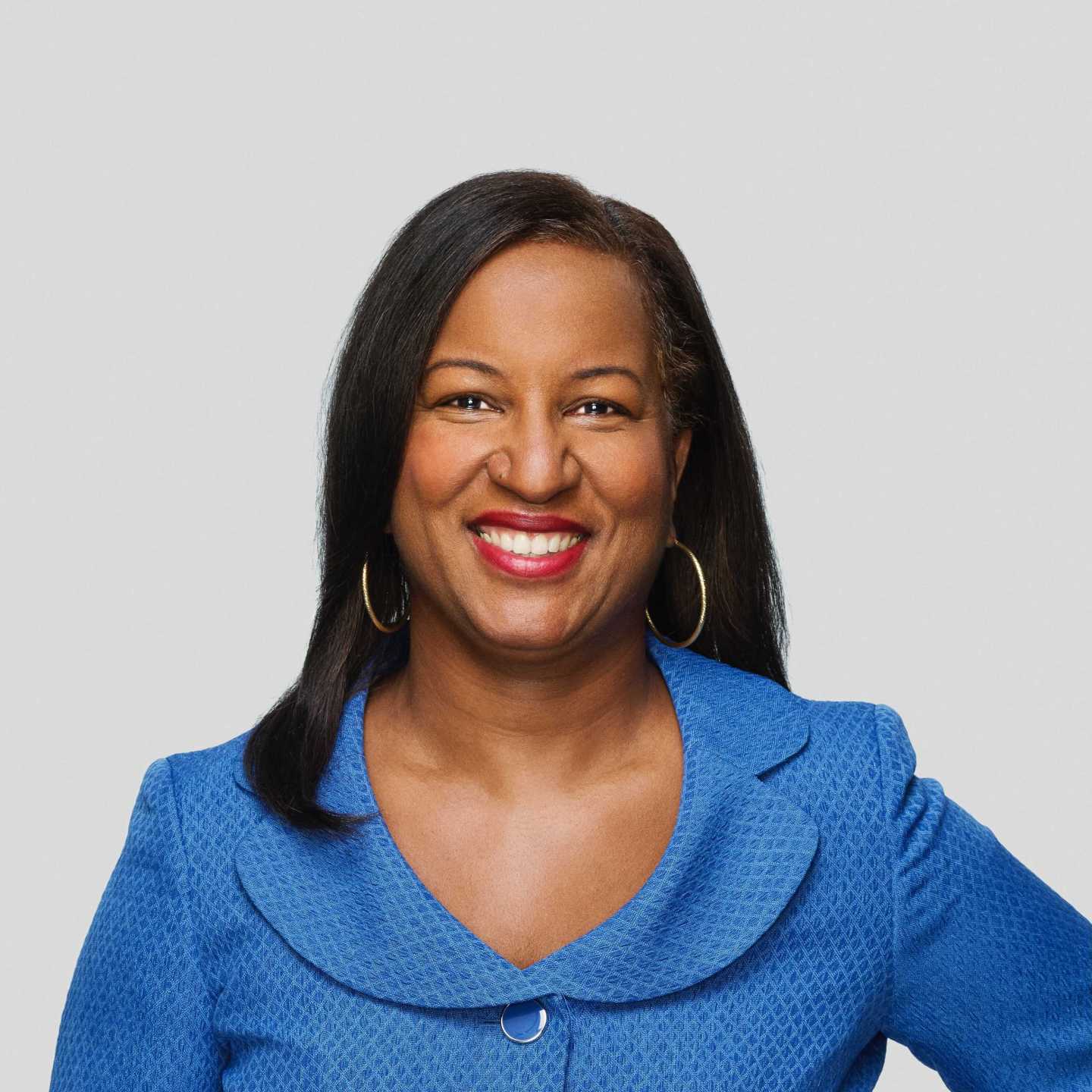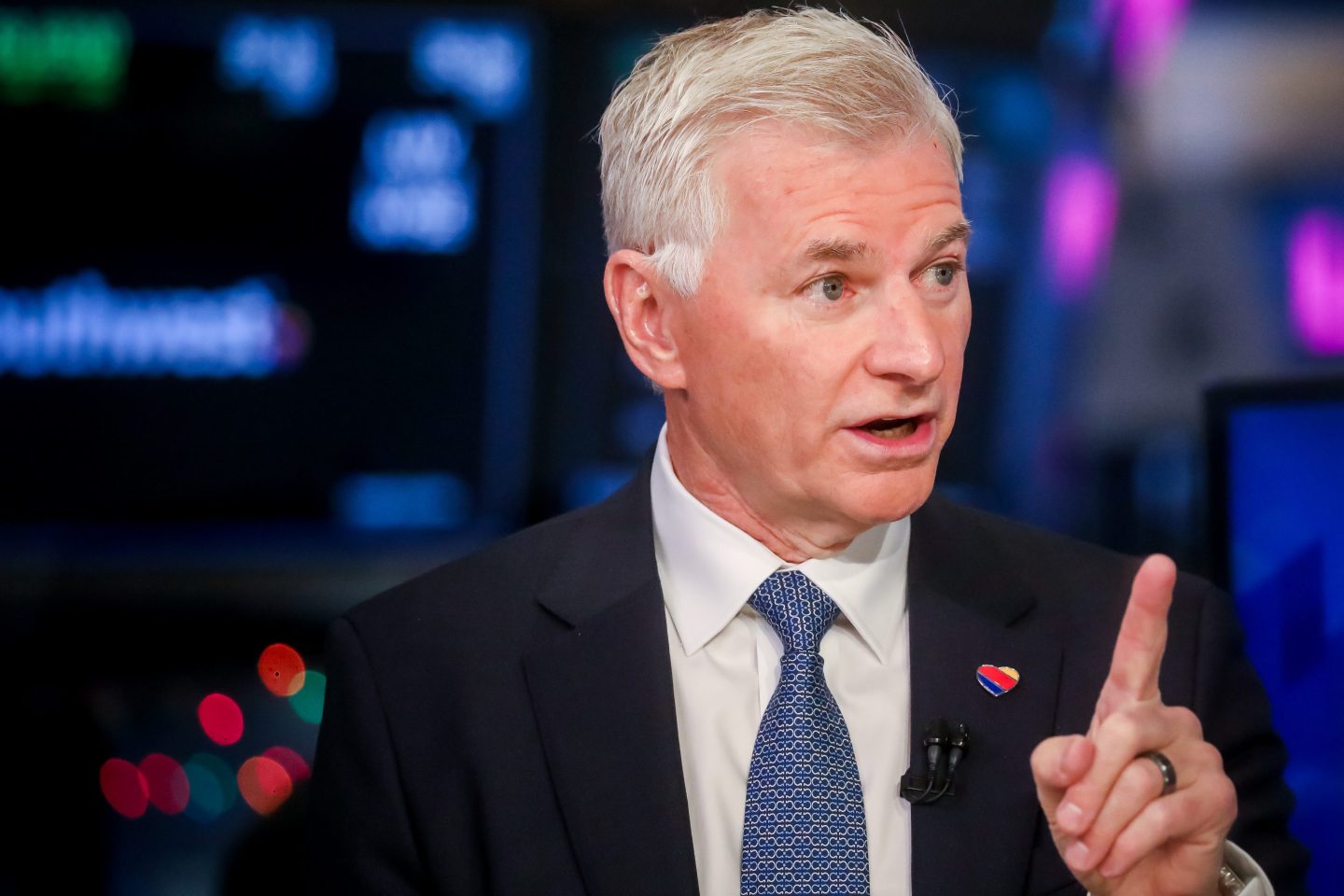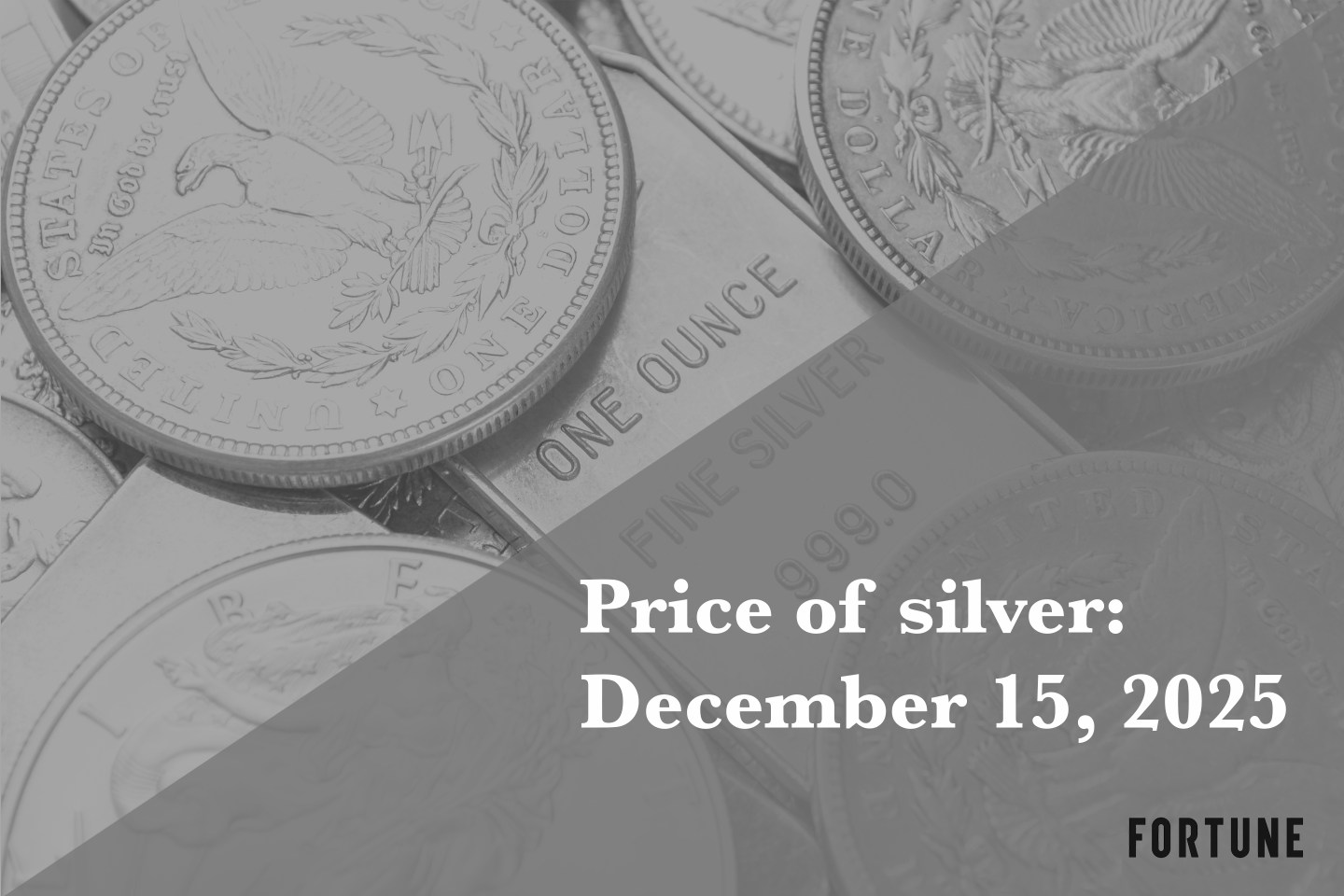Humans are no longer the ones setting the breakneck pace on Wall Street.
The New York Stock Exchange is now processing 1.2 trillion order messages per day, a staggering threefold jump from just four years ago, according to New York Stock Exchange president Lynn Martin. The surge, she said, is being driven by AI-fueled trading, algorithmic strategies, and hyper-speed market participants that have transformed the structure of U.S. markets.
“When I first took this job four years ago, COVID was still rearing its ugly head, and a volatile day in our market saw about 350 billion incoming order messages a day,” Martin said during an interview at the Fortune Most Powerful Women Summit. “This past April, a peak day for us was 1.2 trillion messages.”
Each message on the stock exchange represents a buy order, sell order, or match, meaning that stocks are changing hands faster than ever.
‘We can’t surveil that with humans’
Martin said the NYSE now relies on artificial intelligence to monitor trading flows in real time, because humans alone are no longer capable of keeping up with the velocity of activity.
“It’s our obligation to protect the financial markets, so we have to surveil those messages,” Martin said. “We can’t do that with a bunch of humans. We need good technology. So we use AI in our regulatory function all over, looking for nefarious behavior in the market.”
This is one of the first times the NYSE has openly acknowledged just how deeply AI has become embedded in U.S. financial markets in just a few years. AI now acts as a kind of market cop, scanning trillions of micro-movements to detect manipulation, spoofing, and cyberattacks. And in a world where daily messages now top a trillion, that hypervigilant regulation becomes necessary.
Why NYSE runs a private, offline data center
Speed isn’t the only pressure shaping Wall Street. Cybersecurity concerns have risen sharply alongside message volume, and Martin said the NYSE operates differently from most exchanges and trading platforms in one critical way: It has its own data center.
“We’re a little unique in that we have our own purpose-built data center. We have matching engines in that data center, and we run our own proprietary network,” she said.
She added that this data center has no internet. Everything inside the NYSE’s core trading environment operates on point-to-point links, isolated from the public internet entirely.
“We take cyber super seriously,” she said. “On our most critical infrastructure, we have full visibility of the system, and therefore we can protect that infrastructure.”
Roaring IPO market
Far from scaring off companies, Martin said the surge in market activity and the NYSE’s heavy investment in technology are actually pulling more companies toward the public markets—not pushing them away. After two years of IPO drought, listings have come roaring back in 2025, and CEOs are “calling nonstop” to secure a debut window on the exchange.
“The IPO market is really, really strong,” she said. “We’ve had a great year so far across all sectors.”
She added that CEOs are actively pushing to go public again after a long freeze: “The amount of CEOs calling me saying, ‘When’s the government going to open up again?’—our phones are ringing a lot.”
Much of that demand, she added, comes from CEOs and investors who want to be in markets that are liquid, resilient, and regulated, no matter how fast they move. The rise of AI, the trillion-message trading surge, and cyber risks aren’t reasons to step back from the public market. Quite the contrary.
“Large deals are getting done,” she said.
